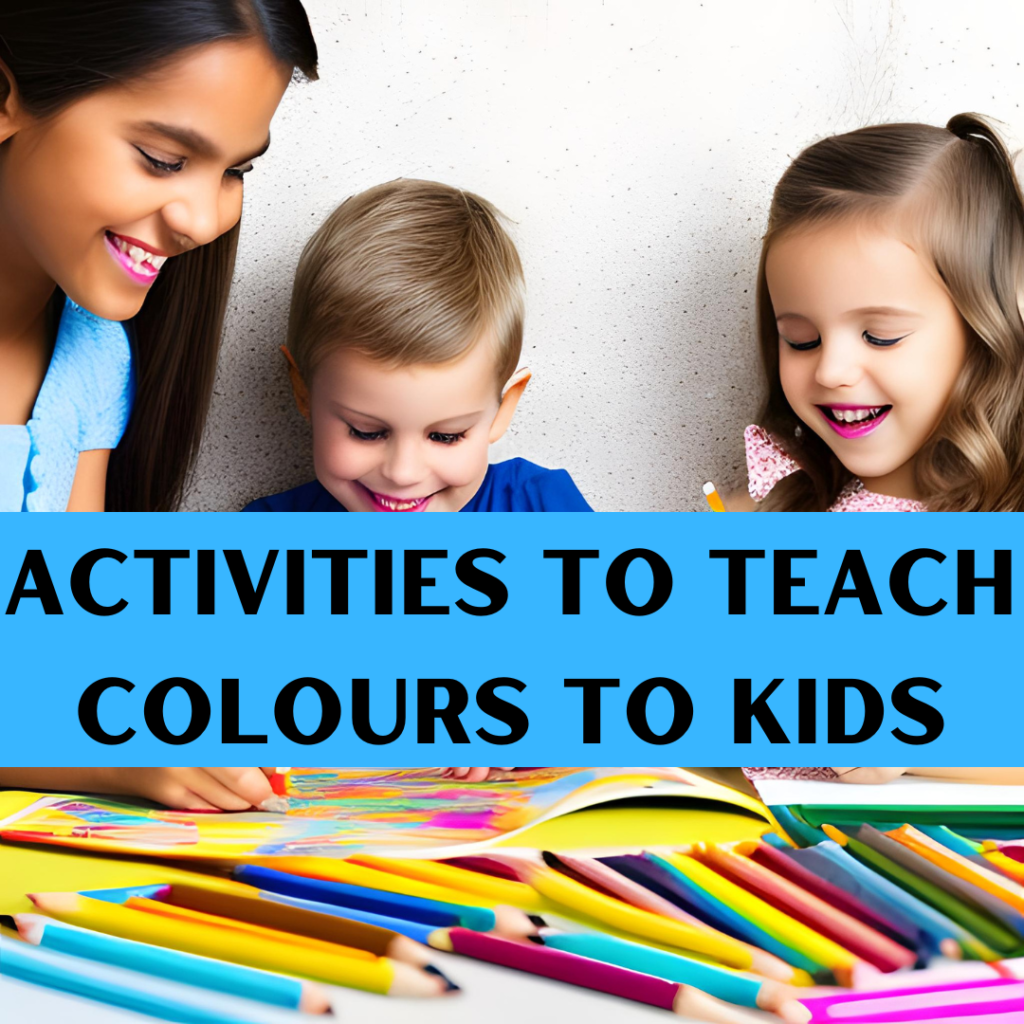Prepares Children for School: Learning colors is a pre-reading skill that prepares children for school. They will be able to identify and name colors in books, worksheets, and other classroom materials, which will help them with their reading and comprehension skills.
In summary, teaching colors to kids is essential for their cognitive, language, and motor development, as well as their creativity and readiness for school.
